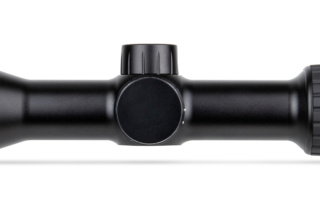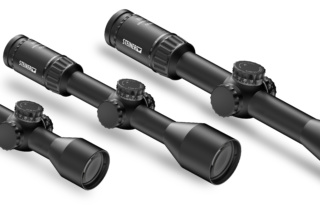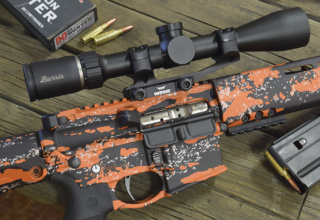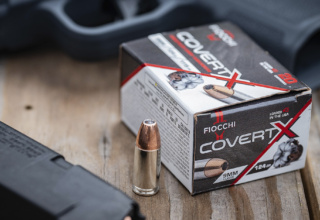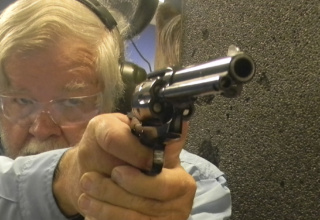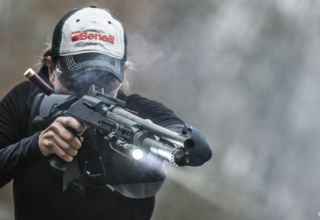Beginners can quickly get lost when setting up a scoped rifle. Here are the high points to consider for dialing in your hunting firearm.
by Bob Campbell
What is zero? This is “sighting in” a firearm — for our discussion, specifically, a scoped rifle. The scope reticle is set on target so that the bullet impacts the target where the reticle is placed. You adjust windage and elevation to put the bullet where you want it to go at a chosen distance.
Whatever the mission of a rifle, I want the zero to be exact. Not just close enough. Yet…the zero may vary in different field positions. We need to know these alternate impact points.
A few riflemen are good field shots and not so good on paper, I admit, but everyone profits from range work. Those wishing to get the most of their rifle and optic must put in the grunt work. If you enjoy firing a rifle and using quality optics, you are ahead of the game. There have been advances in both optics and trigger actions that make accuracy less elusive. A $500 optic does about what a thousand-dollar optic did a generation ago. Quality control and fitting — even in less expensive package guns — is good to very good. But the final arbiter of success is the rifleman. Good gear doesn’t take the place of experience and the care taken in procedure.
Preparation is the foundation for success. If you don’t get it right the first time you will be doing this step over! Be certain the optic is properly attached to the rifle without cant and with tightened mounts and screws. Some rifles are delivered with a bore-sighted optical sight but only the operator may zero the rifle for optimal use. Optimal use may be fifty yards for a rimfire rifle for target work and considerably less for small game hunting.
For a North American hunter, taking game practically to the limit of the cartridge is possible. As the range exceeds three hundred yards, ethics demands the shooter have a great deal of practice and experience behind him or her. The intended mission velocity of the cartridge and its effective range are important. While power isn’t everything, there are easy-shooting cartridges that offer good accuracy beyond their effective range. You may hit the target, but a clean kill isn’t likely. This is all in the balance of the rifle, optic, and cartridge.
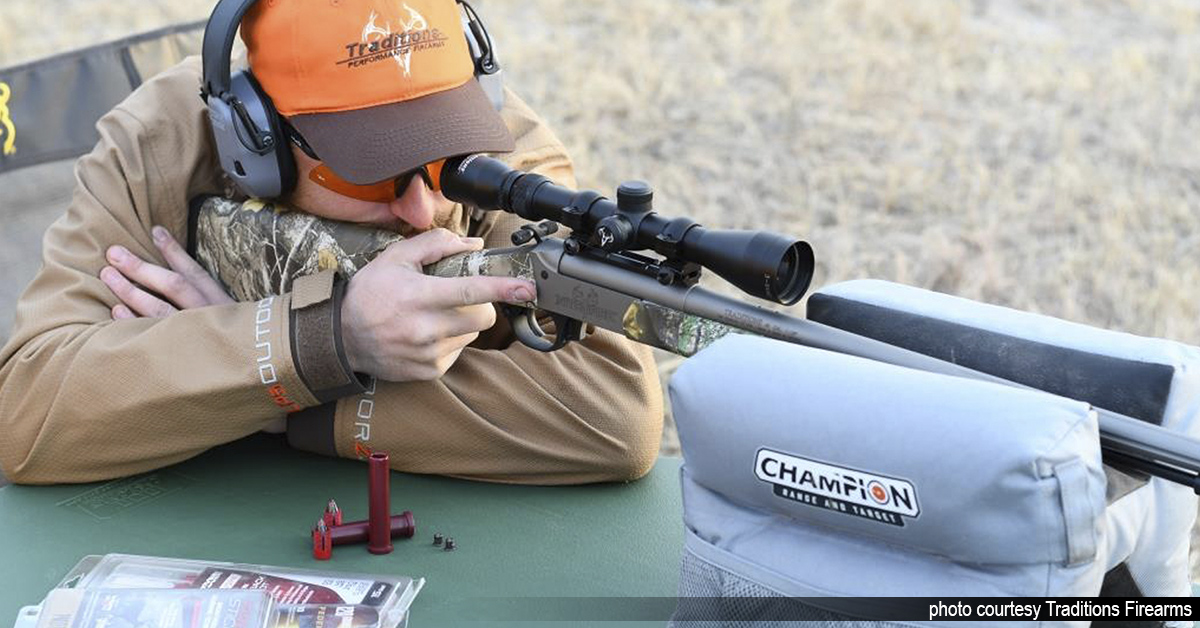
A rule of thumb that I once held was sighting my .30-06 to a 150-yard zero. This worked exceptionally well in personal hunting conditions. I held a little under at one hundred yards while holding over the desired point of impact at 200 yards. Holding under or over simply refers to an allowance for rise or drop in the bullet at shorter or longer range than the equipment is zeroed for. Faster cartridges may allow more versatility. If you are using the beanfield as a yardstick, then a 250-yard zero may be advisable. Take into consideration your needs and your experience. Experience is simply a firm grasp of reality. If the hunting stand calls for a 100-yard shot, then let that be your zero. Achieving a perfect zero and optimum accuracy may be challenging even at a relatively pedestrian 100 yards.
Be realistic with your choices. A good quality rifle isn’t a pawn shop special, such as a 1970s chain store rifle with a 1980s scope. Still, modern rifles need not be terribly expensive. The Savage Axis is one example of a rifle that works well without a great deal of expense. Quality optics are crucial, but some get the job done well at a fair price. Light gathering ability and field of view may not be optimal, but they do the business.
Ammunition selection is critical. Some bargain basement loads may have a bullet crimped into place that looks like something Federal or Hornady designed but it isn’t. Anyone may put up a bullet with a lead tip. It may not expand if it hits a brick wall, or it may fly apart too quickly. I use these loads for practice but not hunting and not for the final zero! Some of us have favorites, and brand loyalty is good. I have favorite bullets! The Hornady 150-grain SST, as an example, is always accurate at hunting range and performs well on medium game. When loaded by Fiocchi, I found a sweet spot in accuracy in my personal Savage rifle. Handloads also work well. The combination is what we seek. I like a gilt edge on accuracy. I also like a loading with a combination of penetration and killing power.
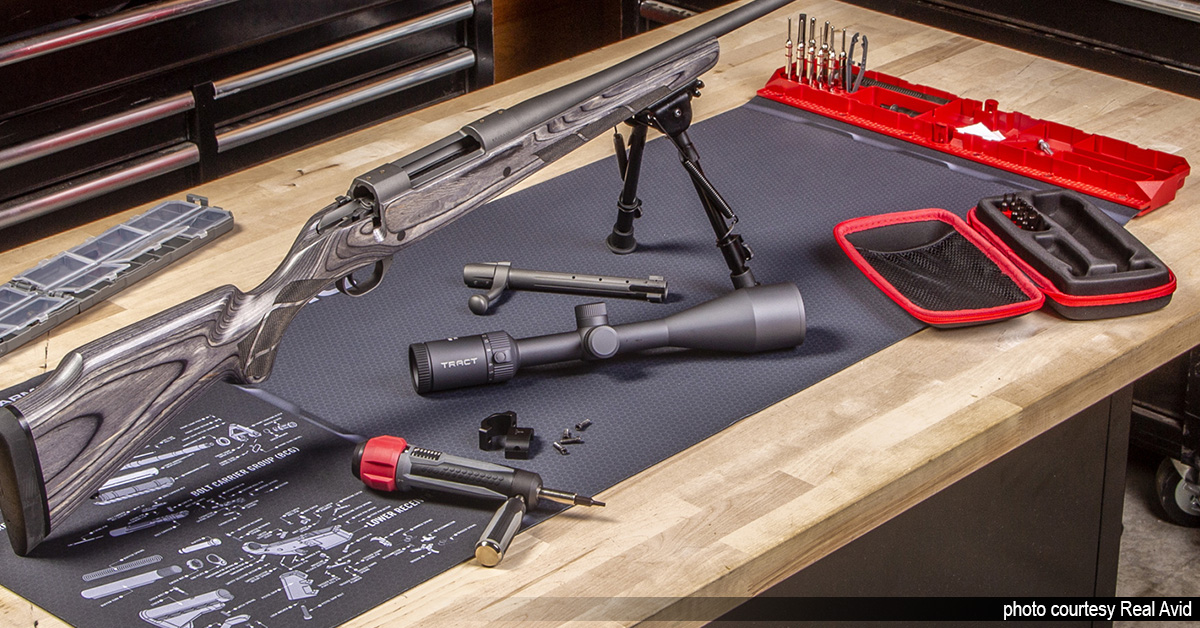
Let me repeat that mounting the scope properly is a key to repeatable accuracy. When you mount the scope, be certain the scope rings are properly affixed to the receiver, concentric. I have enjoyed good luck in different applications with S&K, Conetrol, Warne, and Leopold mounts.
I don’t use bore sighting as much as I once did. Removing the bolt, aligning the bore on target, and carefully moving the optical sight zero is called bore sighting. While fine with a bolt gun, bore sighting is problematic with a semi-auto rifle. This sighting works well enough to get you on paper at 25-50 yards in almost every instance, but a spud-type bore sighter works more efficiently.
You must get the scope properly attached and proceed to align the scope zero with means other than the bore sighting. I have used mechanical alignment devices and collimators for sighting for years. A collimator attaches to the barrel using spuds in the proper caliber inserted into the barrel. The sight reticle is aligned with the collimator to a zero that is often close to the true firing zero. A collimator focuses light in collimated beams. Collimated is another word for parallel. When looking through a rifle scope, you will see a grid on the collimator. Simply align the scope reticles with the lines of the grid. The result is that the reticle and collimator grid converge at a point of reference that has a strong correlation to the bullet’s trajectory. I have managed a very few times to get the zero so close that few shots were needed for a sharp zero — but I have never failed to at least get on the paper.
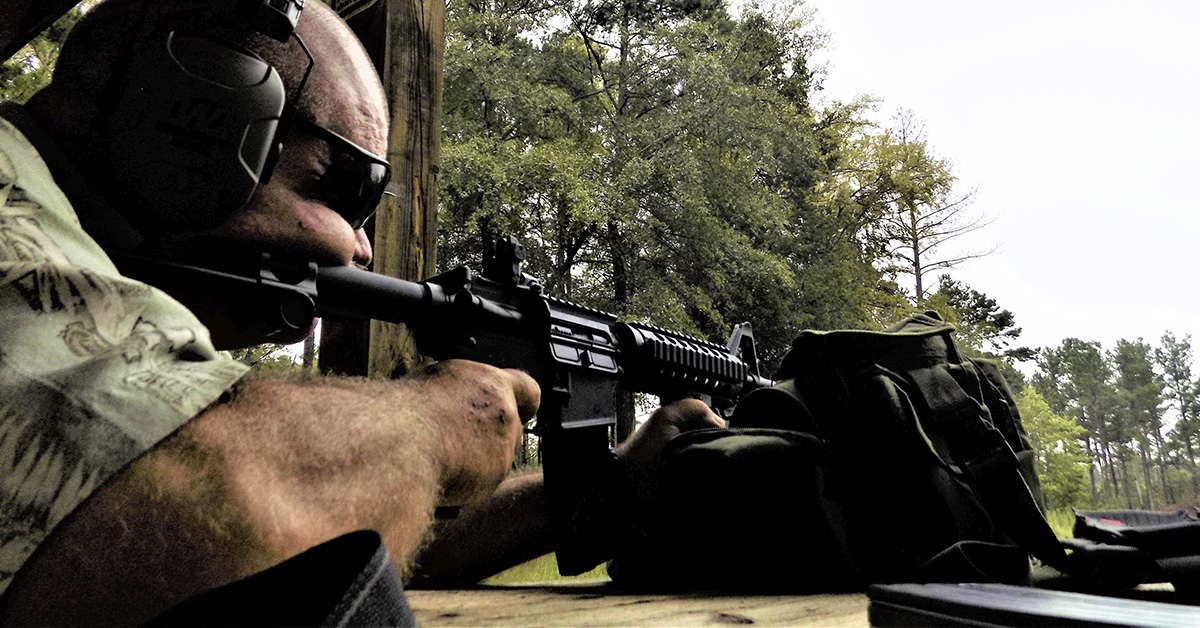
If you have taken your time, minimal adjustment will be needed on the range. A perfect zero is not in the cards with a collimator bore sighting or laser sighting but you will be close and save a goodly amount of ammunition in range work. Laser bore sighters are inexpensive and work well for many shooters. I simply began with a collimator and never looked back.
At the range, I most often use the MTM Case-Gard K-Zone rifle rest. This device is neat, portable, and easily breaks down to a pistol rest as well. I have also used sandbags of different types. A range bag can work but isn’t ideal if you must dig into the bag for tools or ammunition during the shoot. I enjoy good results with range bags that support only the forend. A solid rest may absorb much of the recoil of a powerful rifle and allow more time in shooting before recoil begins to affect our results. I don’t consider the .308 to .30-06 class of rifle a hard kicker at all…in small doses. Recoil is cumulative. After a while, the effect will take a toll on your accuracy. It is good to have a break and come back to the zero.
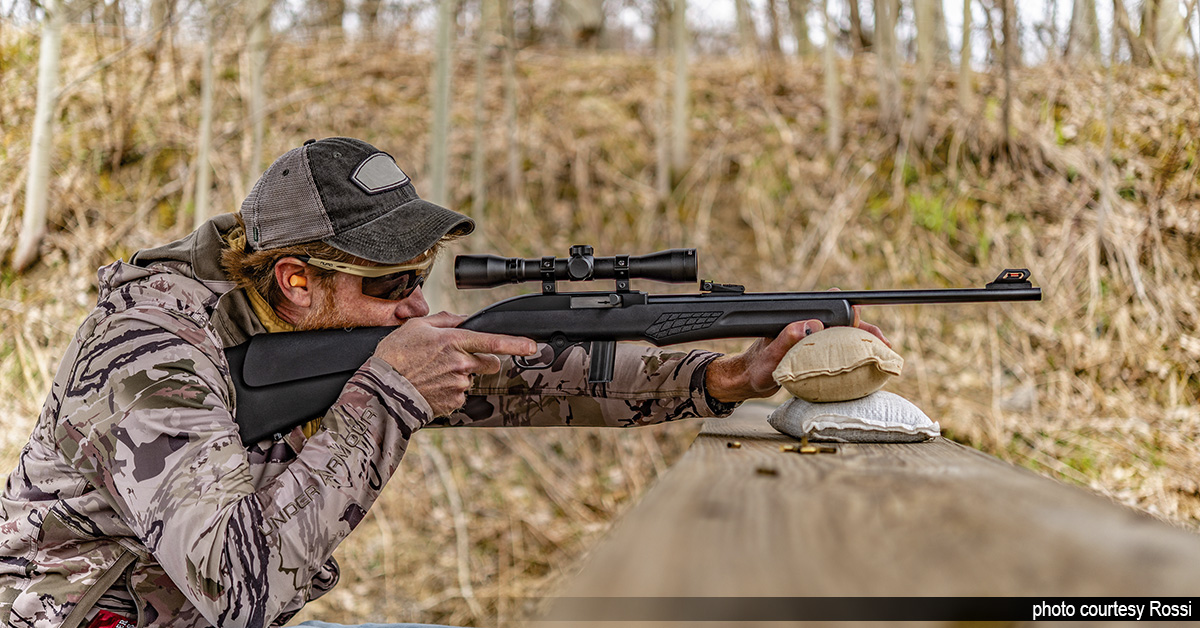
The forend should be rested just behind the front sling swivel for the best results. The support must be consistent for each shot. The procedure is less of a chore with the proper comfortable, repeatable bench rest.
To confirm my zero, I fire three shots. One isn’t anything at all and two won’t show an error. Three seems just right. Depending on the rifle, you may need to allow the barrel to cool between shots. A hot barrel really does fire to a different point of impact. But at one hundred yards, unless the difference is between Arizona and Alaska, heat doesn’t affect zero that much. A hot barrel, after firing a few magazines in the AR, is another matter. If you are interested in nailing down this condition, the only thing to do is to fire the gun until hot, record the results, and record cold shot hits as well.
To eliminate uncertainly I don’t move both windage and elevation at the same time; I get one or the other settled first. Each is independent, and the elevation zero or windage zero remains constant when the opposite number is set. I may take more time and ammunition setting one component of the zero, but in the end, the zero is reliable.
I take the same care with the Ruger 10/22 set for 50 yards as for the Savage Impulse at 200 yards. Some things make hits easier. High velocity cartridges are an advantage if they don’t introduce heavy recoil into the equation.
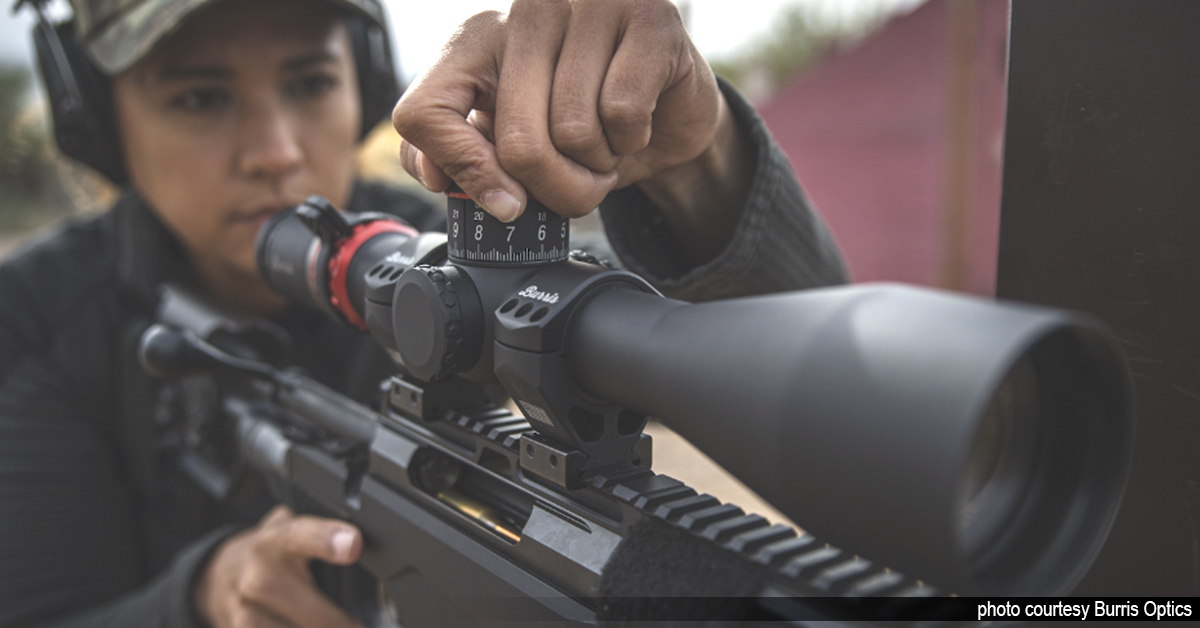
I also like rifle scopes with hash marks for holdover at different ranges. Simply shifting point-of-aim allows a good hit. Be certain to become familiar with the bullet’s point-of-impact versus point-of-aim at distances other than the range at which the rifle is zeroed. A competent rifleman may preselect click adjustment increments for different ranges. While an expert rifleman may enjoy firing and experimenting in 25-yard increments, most of us will be limited by time and skill to 50-yard drills. The 50-yard drill increment is simply more realistic.
If you envision firing at greatly disparate ranges, say, from 100 to 400 yards, then a card taped to the stock with the proper elevation “clicks” recorded is essential. The “dope card” should clearly spell out that you must move the elevation, say, four clicks to the positive. But do not neglect to make the table run in both directions. In other words, if you click to 300 yards, be certain you have the card properly filled out to run back to 100 or 200 yards. You may be as thorough as you care to be with this information, and it will pay off. Keep a copy of the table in a safe place in case weather or a fall dislodges the dope card. There are also a handful of modern rangefinding rifle scopes that make dope cards obsolete.
There are some things that must be avoided. Stock flex, for example, isn’t conducive to accuracy. As an example, a few of the clamshell/plastic-type aftermarket Ruger 10/22 stocks are a disaster and can negatively impact accuracy potential. Quality bipods work well but not all bipods are accuracy enhancers. They must be robustly built and stable when deployed. With these thoughts in mind, let’s return to the actual process of sighting-in.
Be certain you are comfortable firing from a solid rest. The recoil of the rifle should be well distributed on your shoulder. Relax, and don’t forget breath control. Keep the stock pressed into the shoulder to limit recoil.
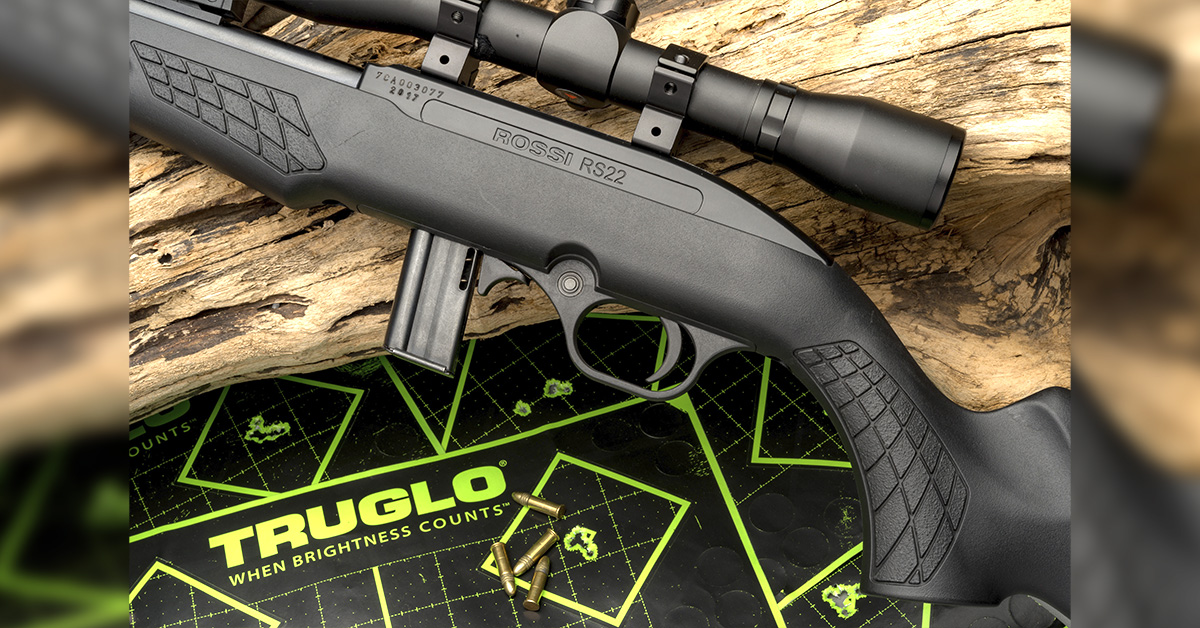
Another concern is optical sight repeatability. I realize that the “wandering zero” or poor quality of some scopes is practically a thing of the past, assuming the scope is properly mounted. But there are poor optics. A few years ago, I mounted a Nikko Stirling on a Ruger .308. A friend who owns a shop had purchased ten or twelve of these on sale from a distributor. At ten rounds, the reticle came loose. We called the company for warranty service and never got through. A cheap lesson.
I have never tested a bad optic from Leupold or Burris and have had excellent luck with Vortex. SIG optics have also served me well. Just the same, a simple test of repeatability will prove the quality of a rifle scope.
I begin at 100 yards. Taking every advantage for accuracy, I fire three shots. Next, I move the elevation turret two notches up. Fire. Move the elevation turret down four notches. Fire. Move the elevation turret two notches up to the original zero. This is repeated for the windage turret. You should have an extra hole in the original group and four evenly spaced bullet holes in a near-perfect squared alignment over the original group. If not, your scope has a problem with repeatability of adjustments.
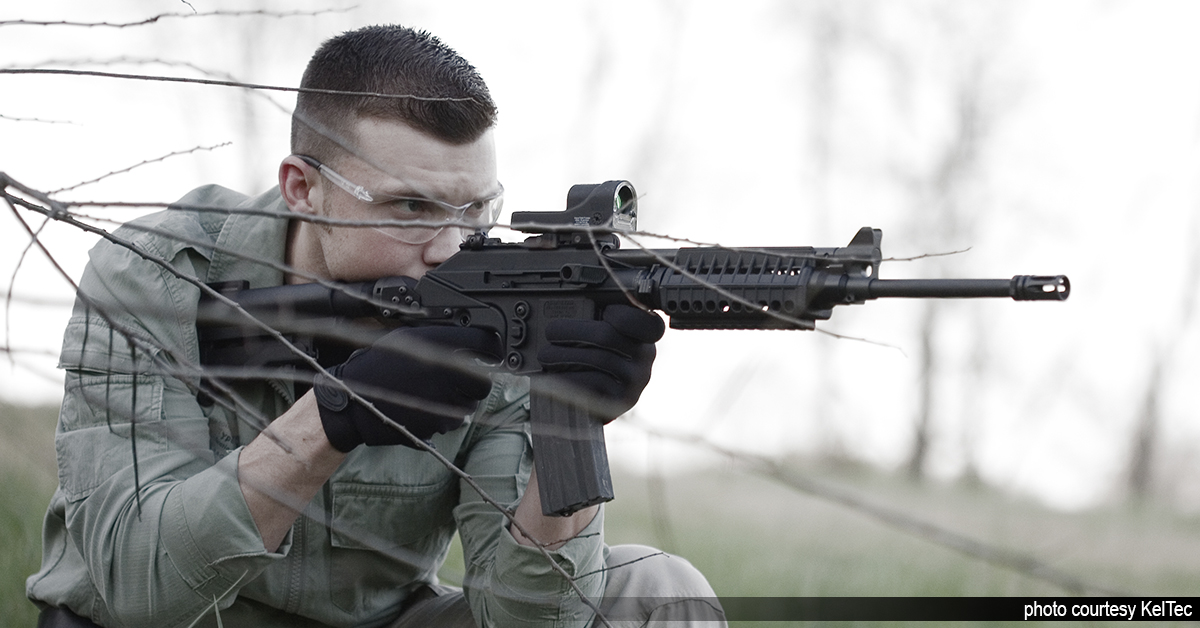
Finally, when shooting in the field, you may find the rifle delivers a different point of impact than when shot from a bench rest. This is to be expected. You should shoot in field firing positions at the range. Practice firing off hand from a common field rest such as a pack, kneeling, unsupported prone, or any likely field position you may encounter. In other words, obtain your initial zero on the bench, but then shoot from various “real life” field positions to verify that the zero will hold in the field.


